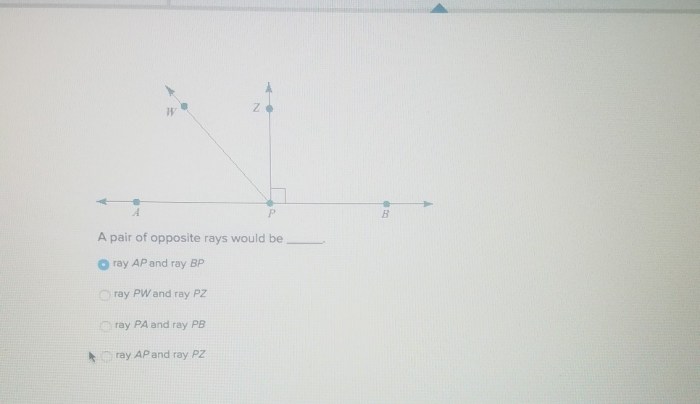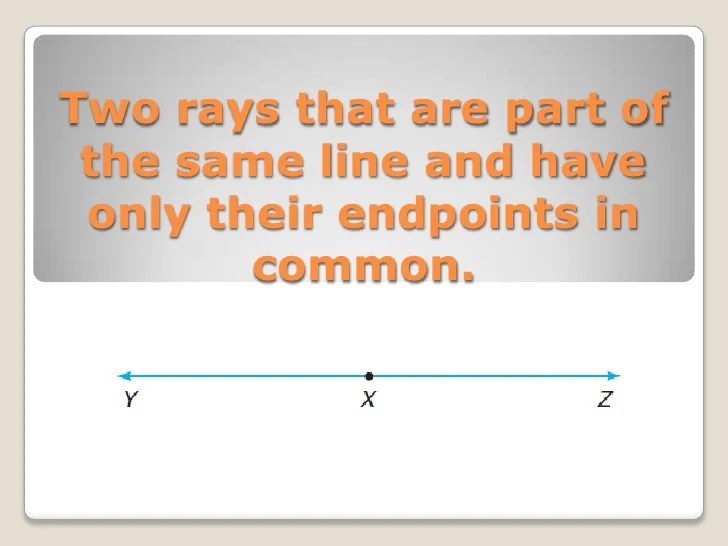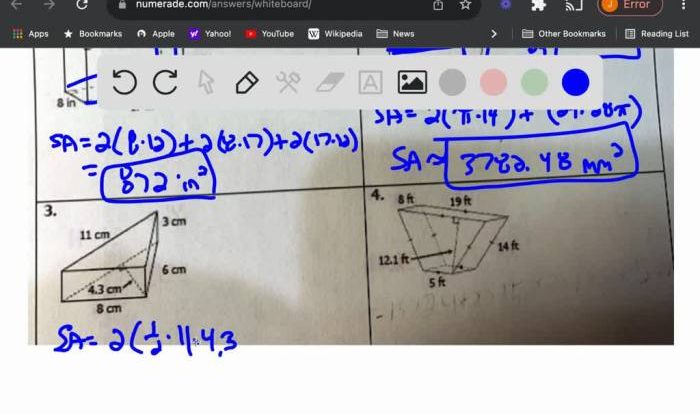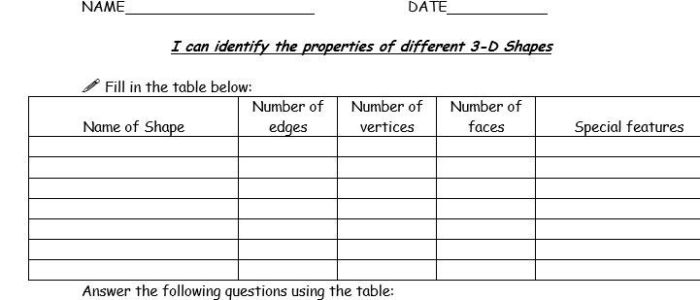A pair of opposite rays that both contain r – A pair of opposite rays that both contain point r, a fundamental concept in geometry, forms the cornerstone of this discussion. Understanding this concept is crucial for exploring the intriguing world of geometry and its applications.
This article delves into the definition, properties, and construction of a pair of opposite rays containing point r. It also explores the practical applications of this concept in various fields, providing a comprehensive understanding of its significance.
A Pair of Opposite Rays that Both Contain r

In geometry, a ray is a straight line that extends indefinitely in one direction. Two rays are called opposite rays if they share the same endpoint and extend in opposite directions. A pair of opposite rays that both contain point r are two rays that have point r as their endpoint and extend in opposite directions.
Properties of a Pair of Opposite Rays that Both Contain r
A pair of opposite rays that both contain point r have several properties:
- They form a straight line.
- They divide the plane into two half-planes.
- The angle formed by the two rays is 180 degrees.
Construction of a Pair of Opposite Rays that Both Contain r
To construct a pair of opposite rays that both contain point r, follow these steps:
- Draw a point r.
- Place the point of a compass on point r.
- Draw an arc that intersects the plane at two points, A and B.
- Draw rays rA and rB.
Rays rA and rB are opposite rays that both contain point r.
Applications of a Pair of Opposite Rays that Both Contain r
Pairs of opposite rays are used in a variety of applications, including:
- Geometry: Pairs of opposite rays are used to define angles and measure distances.
- Physics: Pairs of opposite rays are used to describe the motion of objects.
- Other fields: Pairs of opposite rays are also used in fields such as engineering, architecture, and computer science.
Quick FAQs: A Pair Of Opposite Rays That Both Contain R
What is a pair of opposite rays containing point r?
A pair of opposite rays containing point r consists of two rays that share a common endpoint (point r) and extend in opposite directions, forming a straight line.
How do you construct a pair of opposite rays containing point r?
To construct a pair of opposite rays containing point r, draw a straight line passing through point r. Mark point r on the line. Then, using a compass or straightedge, draw two rays starting from point r and extending in opposite directions along the line.
What are some applications of a pair of opposite rays containing point r?
Pairs of opposite rays find applications in various fields, including geometry, physics, and engineering. For instance, they are used to define angles, measure distances, and construct geometric shapes.






